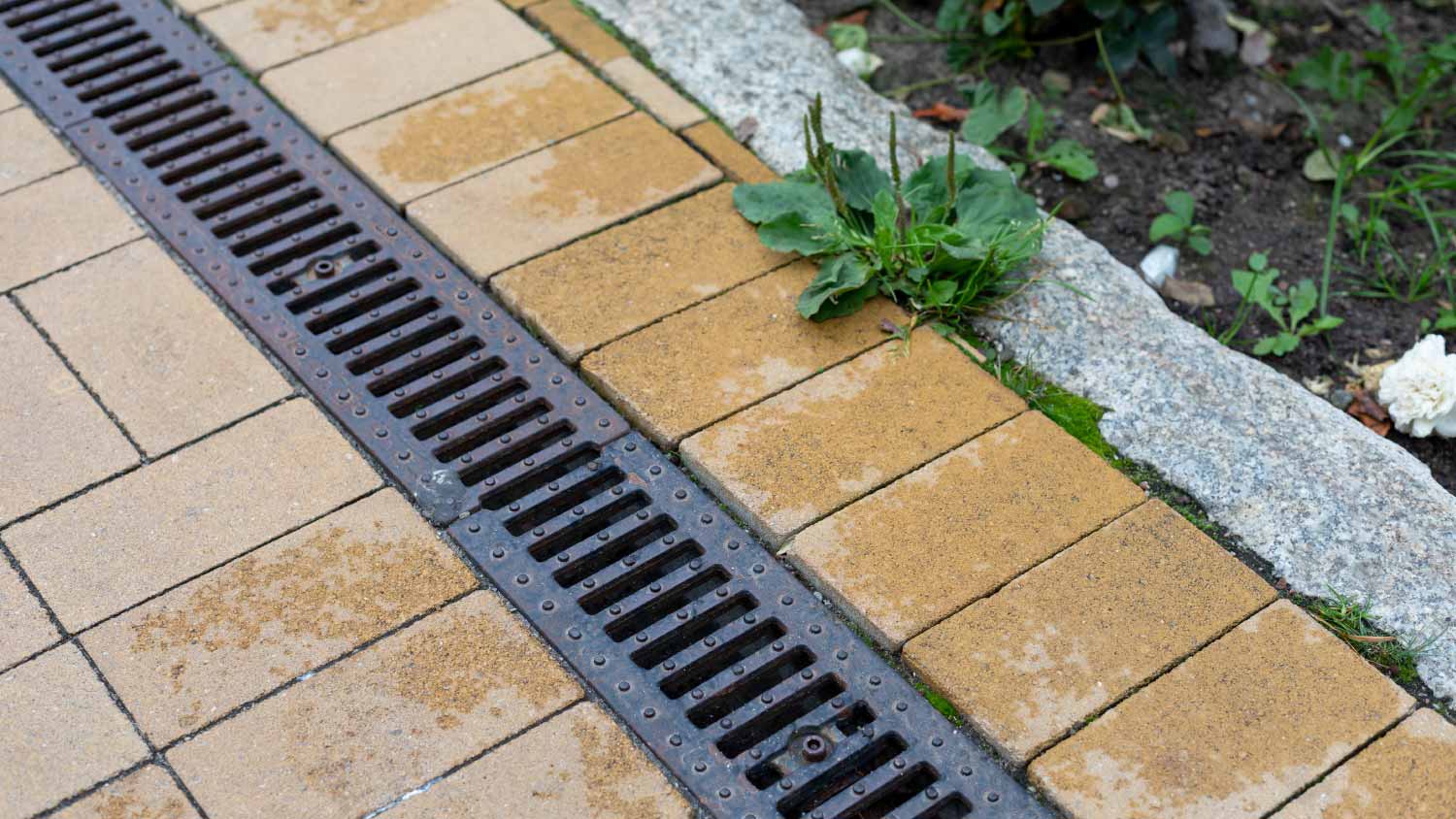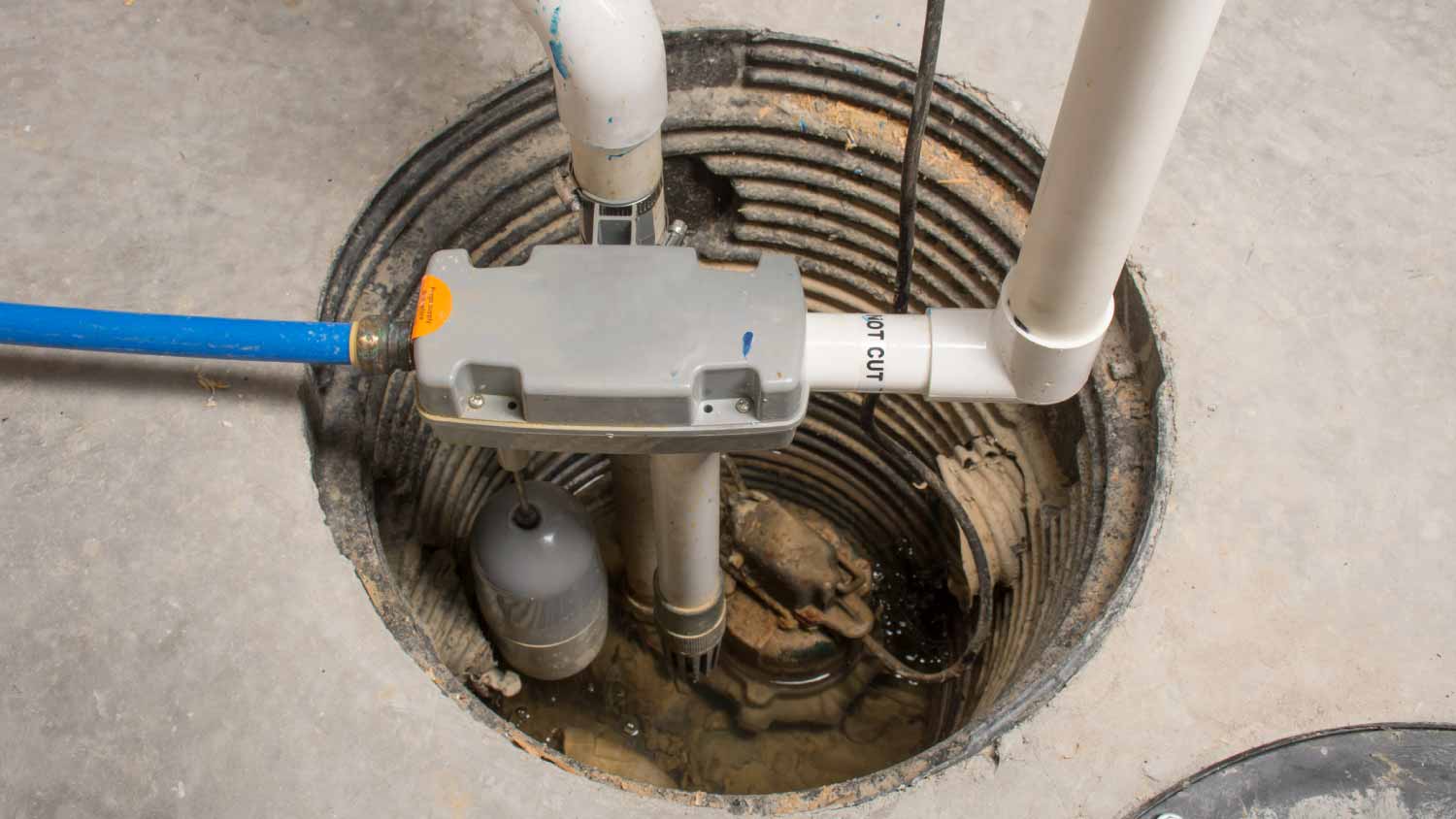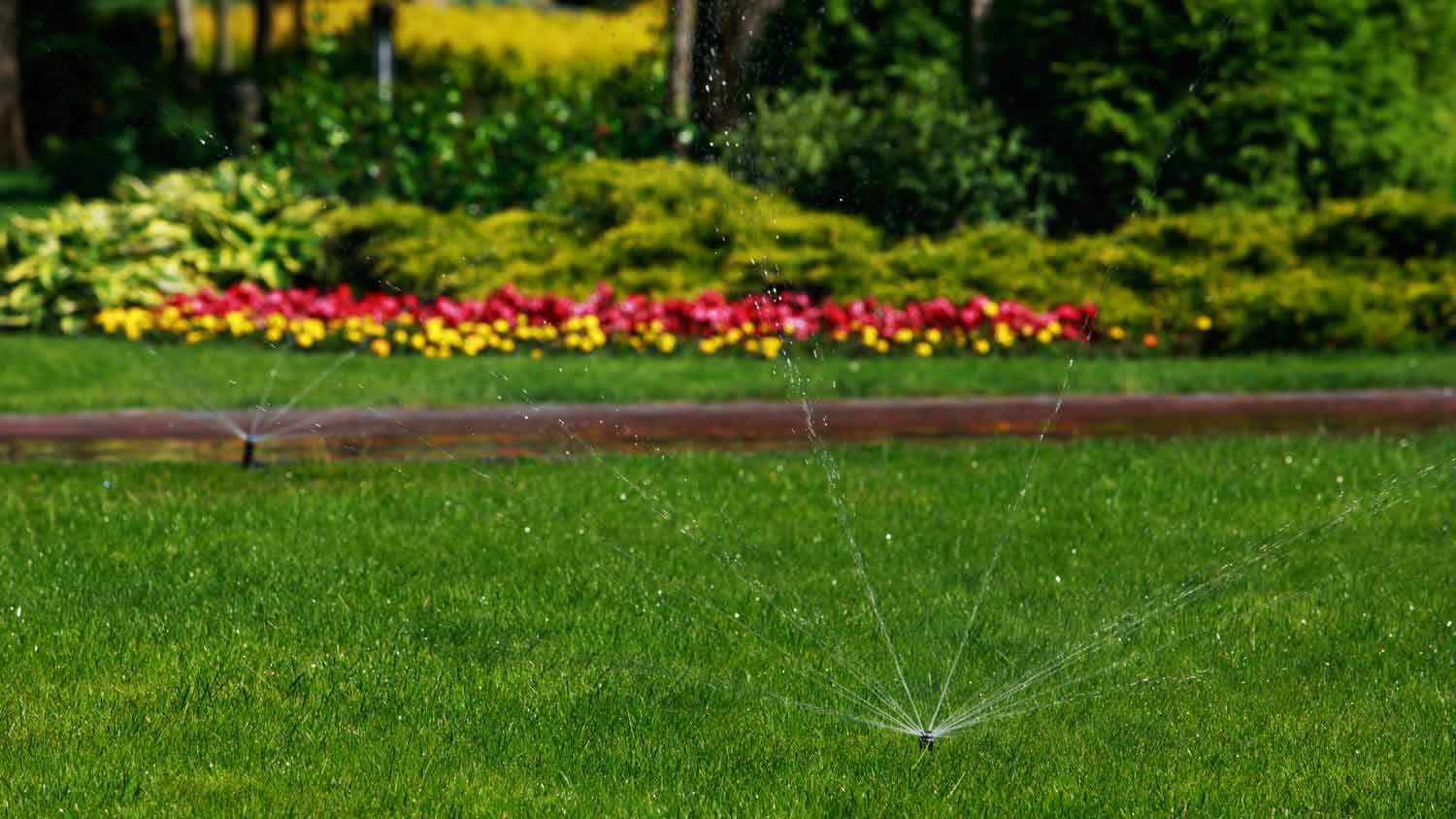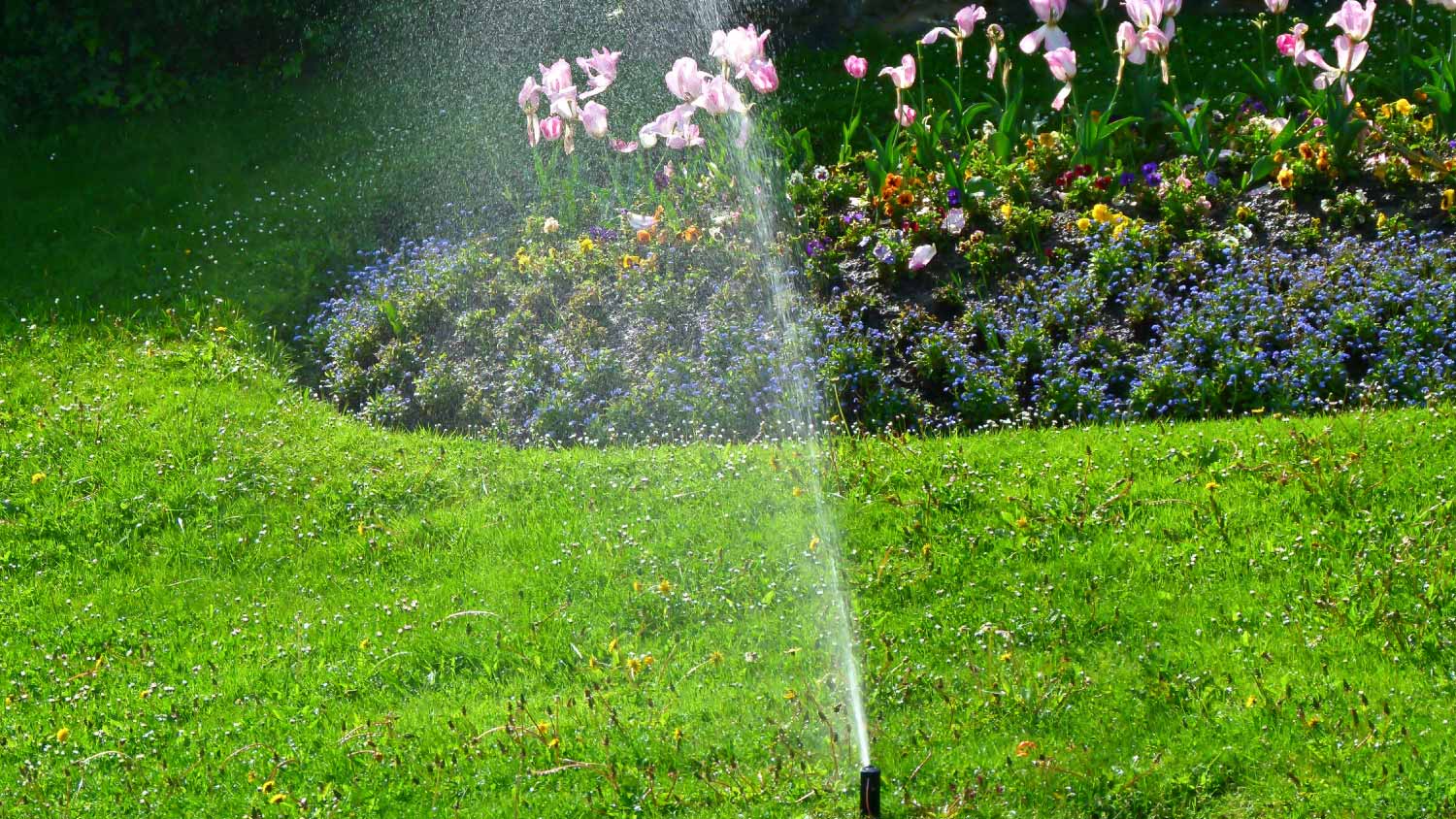4 French Drain Alternatives: What To Know
Shop around options similar to French drains


If your home has a water drainage problem and you’re not sold on French drains, it’s time to consider a French drain alternative.
French drains are common drainage systems meant to direct water into your yard to keep your basement dry. There are many French drain alternatives that work better with larger amounts of water or help prevent flooding in other places besides your basement. Let’s review the alternative options and when to hire a drain installation professional.
A french drain provides a sunken channel for water to disperse into the soil surrounding your home. Installing this type of system requires digging a trench and hooking up pipe connections, among other tasks, so it's best to hire a professional french drain installation company for this project.
| Type of Drain | Purpose |
|---|---|
| Trench Drains | Prevents pooling water in low-lying areas |
| Conveyance Swales | Helps prevent erosion |
| Flumes | Helps with storm runoff |
| Sump Pumps | Pumps water out of basements |
1. Trench Drain

Although they rhyme with French drains, trench drains prevent surface water from pooling in unwanted areas, like driveways and patios. They are constructed by placing a long narrow channel covered by grated or slotted metal just below the ground’s surface. Once installed, water can flow into the channel while the grates or slots work to keep debris from clogging it.
| Pros | Cons |
|---|---|
| Easy to maintain | Clogs up with debris |
| Customized to suit many different environments | Grated drain is visible |
| Durable construction | More expensive than other alternatives |
| Prevents water from pooling | Requires professional installation |
Best for:
Homes with sloped driveways or patios that flood often
Near decks and pathways where pooled water could cause damage
2. Conveyance Swales
Conveyance swales are drainage systems that help prevent erosion and flooding by redirecting water away from your home’s foundation. Typically, they consist of a depression or ditch and are sometimes filled with plants to help filter the water that collects in them. Swales focus more on flooding outside near hills and foundations while French drains are often in your basement.
| Pros | Cons |
|---|---|
| Easily hidden in your landscape | Require more space than other drainage systems |
| Low maintenance | Easily becomes clogged with debris or vegetation |
| Promotes ecological diversity | Often need to be supplemented with other drainage systems |
Best for:
Sustainability-minded homeowners with flooding issues
Those who want drainage solutions that blend into their natural landscape
3. Flumes
Flumes are simple ways to divert large amounts of water. This type of drainage system consists of open channels made of concrete and are slightly curved on either side. A flume is often used in areas that experience frequent, heavy storms. Since it’s open, the system can handle surges of water, directing it away from your home and landscaping.
| Pros | Cons |
|---|---|
| Less expensive to install than French drains | Contributes to soil erosion in certain cases |
| Customizable to your yard size and drainage needs | Easily obstructed by debris and sediment |
| Low maintenance | Visually less appealing than other alternatives |
Best for:
Homeowners looking for a low-cost water drainage solution
Homes with limited space for complicated drainage systems
4. Sump Pumps

Sump pumps are attached to drainage systems or act as drainage systems on their own. They’re used to keep water out of basements, directing it outside of your home. A pit in the basement floor holds the sump pump and is made of valves that sense high water levels. When water reaches the pump, it automatically pumps the water out of the basement through a discharge line.
| Pros | Cons |
|---|---|
| Drain large amounts of water quickly | Costly to install |
| Used on its own or as part of a larger system | Requires regular servicing to maintain function |
| May increase property value | Power outages can cause pump failures |
| Keeps your foundation dry | Aesthetically unappealing |
Best for:
Homeowners who need to supplement existing drainage systems that can’t handle large amounts of water
Homes that frequently experience large amounts of water in basement areas
How Do I Choose the Right French Drain Alternative?
Selecting the right French drain alternative is crucial to effectively managing water issues. If you’re struggling to decide which drain works best for your needs, consult with a drain company in your area. They can answer your questions and give you a cost estimate.
To figure out which one is right for you, carefully consider a few of the following factors:
Amount of water to redirect: When choosing the right drain system, consider your average rainfall totals, if the water is pooling or running off from another location, and if your water problem is in a permeable or non-permeable place in your yard.
Soil type and terrain: You’ll need to choose a drainage solution that works for your soil type and terrain. The right drain option depends on the makeup of your soil, the gradient of any slopes, and natural drainage patterns. Some drainage systems are specifically designed to prevent erosion for fine soil.
Aesthetic preferences: If you care about how your drainage system looks, such as whether it can blend into your existing landscape, you should focus on more natural drainage systems like conveyance swales.
Installation and maintenance requirements: Certain drains are easier to install and maintain than others. You should pick a system that fits into your budget, timing constraints, and resources. Connecting with a landscaping company may help, so you can get a sense of what your problem areas are in your yard.
Impact on the environment: When draining water, you always want to be sure to maintain and protect the environment. You should keep in mind where the water is coming from and going to, as well as any contaminants it carries, and if you’re disrupting a natural habitat for local creatures.
Local regulations: Each state and individual city has its own requirements for drainage installation. You should seek out your local building regulations and codes before choosing a solution.
















